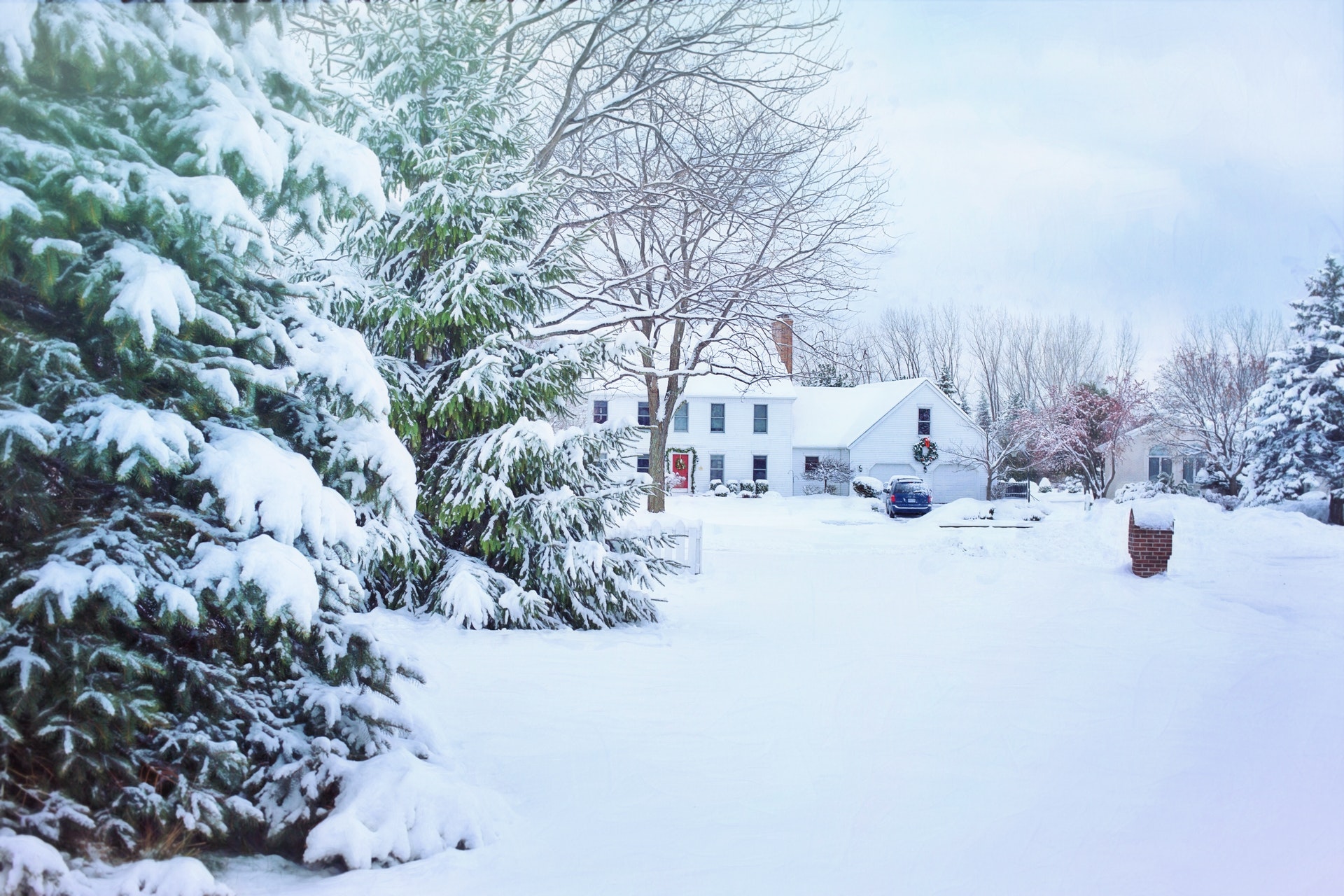DIY • 09/11/2020
The Ultimate Homeowner’s Checklist – How to Winterize Your Home

Revivalist is a reader-supported endeavor and our posts may contain affiliate links. When you buy through links on our site, we may earn an affiliate commission.
By the time cooler weather sets in, everyone is talking about winterizing their home. If you’ve never prepared your household for cold and icy conditions, now is a great time to start. Winterizing can make your space more energy-efficient, keep it more comfortable during frigid temperatures and ensure the safety of your family. It also helps to preserve your yard and exterior for the warmer months to come. Whether you’re new to a colder location or just purchased a new house, the checklist below details how to winterize your home both inside and out. Every task is affordable and can be completed in as little as a weekend. Best of all, you’ll be able to finish your home prep for winter before conditions start to deteriorate. With a little preparation, you’ll have peace of mind and be ready to enjoy the holidays.
Interior To-Do List
As you begin to winterize your home, focus on your interior first. Living spaces are usually the most vulnerable to cooler conditions. Servicing these areas are also essential to keeping your family happy and comfortable. To prep your interior for winter, you’ll want to…
- Service Your Furnace: If you haven’t serviced your furnace in a while, have it inspected. Some companies will provide free evaluations to ensure you don’t need replacement parts or a tune-up. Even if your machine is in working condition, it’s a good idea to swap out your furnace filter. Standard models start at under $5, while the most energy-efficient versions are around $20. In addition to keeping your furnace in excellent order, it’ll also improve your indoor air quality.
- Re-Caulk Drafty Doors: Even the tiniest amount of air can lower your home’s temperature by several degrees. This is not only unpleasant but also causes your furnace to work harder. Inspect your doors for damaged or missing caulk and weatherstripping. Replace it with new material.
- Evaluate Your Windows: Drafty windows are also another cause of air leaks. Before the cold weather sets in, inspect each pane. While some windows may need new weatherstripping, others may require a full replacement. Double-paned windows are the best for energy efficiency. State of the art, high-quality cellular shades and blinds, as well as durable, real wood blinds, Roman shades and stylish faux wood blinds, are just a few of the window coverings that can also help to keep heat inside.
- Clean Your Fireplace: A warm hearth is not only picturesque—it’s a highly efficient way to generate heat. Before you light a log, inspect the entire fireplace, including the ash pit, smoke chamber and chimney damper. If necessary, remove excess debris and soot. This task offers a variety of benefits, including a better working unit and a reduced risk of fire.
- Add LED Lighting: LED lighting is a budget-friendly way to increase your energy efficiency. Since you’ll be spending more money on your heating bills, add LEDs to as many rooms as you can. An energy efficiency audit conducted by your utility company can help you determine which type you need for your location and climate.
- Prepare Your Pipes: If the weather in your area gets particularly frigid, you’ll need to winterize your pipes so they don’t burst. While the priority is to insulate unprotected pipes, it’s also smart to inspect caulk and weatherstripping in your basement, attic and crawl spaces. If your home is vulnerable, consider installing heat cables or more energy-efficient windows.
Exterior To-Do List
Now that your home is winterized on the inside, it’s time to turn outdoors. A few seasonal changes will keep your yard safe and secure until it’s time to thaw out again. It’ll also allow you to enjoy the warm weather faster since many of your tasks are already out of the way.To winterize your exterior, you’ll need to…
- Check the Roof and Gutters: Leaves, twigs and dirt are weighing down your roof. Unfortunately, they can also cause problems for your gutters. Heavy snow and wind put more strain on these areas, which may lead to injuries or expensive damage. Be proactive by cleaning and inspecting your roof and gutters ahead of the winter storms. A professional roofing inspection is the best way to check for excess debris and loose shingles.
- Seal Porches and Decks: Over the course of a few months, regular rain, sleet and snow will ruin an otherwise beautiful outdoor deck. Seal wooden porches and relaxation spaces now to keep moisture from damaging your materials. Waterproof, multi-surface products are usually the best for exteriors. Choose a transparent stain or use color to enhance your wood.
- Close Warm-Weather Vents: During the warmer months, many homeowners open their vents to the outdoors. Keep cold weather and critters out by closing them before you forget. Check inside your chimney to make sure it’s closed as well. Test the flue for a tight seal.
- Bring Seasonal Items Inside: If you won’t be using pool toys, grills or Adirondack chairs, store them away. Remove outdoor hoses and ensure water supplies are turned off. You may also need to bring certain plants inside. If the weather gets below 45 degrees, house your flowers in the basement or living room instead.
Winterize Your Home for a More Comfortable Season
While you prepare your home indoors and outdoors, make sure you have your winter essentials ready. Place your shovel, snow blower and ice melt in a convenient location, like your garage. Comfort is not only about feeling warmer—it’s about peace of mind. By winterizing your home and preparing it for the season now, you’ll minimize the risk of holiday inconveniences and damage.
Subscribe to Our Weekly Newsletter
We would love to connect deeper with you!


